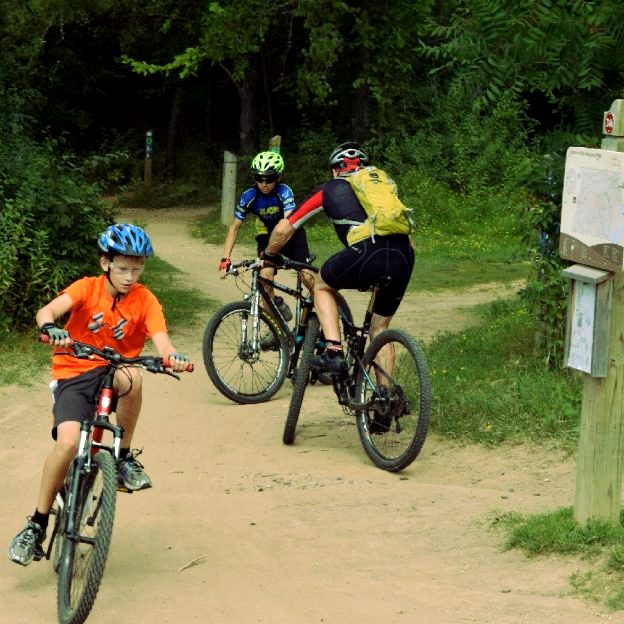Tag: kids’ helmets
-

Tips and tricks for keeping your kid’s bike running smooth and safe
Summer fun for you and the kids is two wheels away. It is a time to bond and explore a new area of the neighborhood and maybe share some life lessons? Sadly, that fun can come to a premature end if the bike breaks down. Here are the best ways to keep your kid’s bike…
-

The bicycle helmet: what it does and how to find the right one for you
When you were a kid, wearing a bicycle helmet was probably something you tried not to do. They were heavy, hot, and never fit well. Now you’re older, wearing a helmet isn’t just a logical safety choice, but it is also very comfortable. Read on to learn how helmets protect you better, have become lighter,…
-

Bicycle helmets provide excellent protection even with different standards
We’ve nearly all had an experience, whether at five years old or 55, knowing that wearing a bike helmet can play an important role in preventing minor to severe head injuries when riding. No matter what the circumstances, it is a comforting thought to know that if a crash accurse you had the correct helmet…
